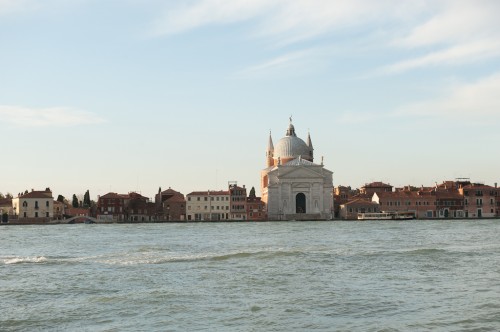This 16th-century Roman Catholic church was built to thank God for the deliverance of the city from a major outbreak of the plague. It was designed by Andrea Palladio and is a single nave church with three chapels on either side. The façade was inspired by the Parthenon and the 15 steps were in reference […]
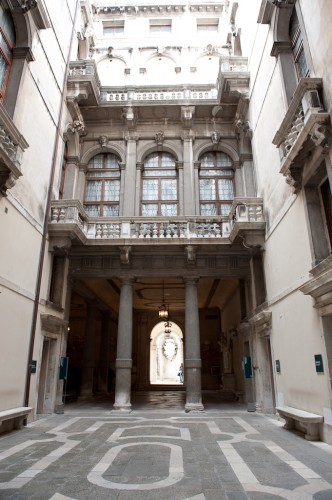
Ca’Rezzonico, or Museo del Settecento Veneziano
Housed in a former palace, this museum showcases 18th-century arts in intimate salons. It’s a quite different experience than wandering through Gallerie dell’Accademia, that’s for sure. Make sure to look skyward for Tiepolo masterpieces and climb to the very top for Ciardi’s canal view pieces. Dorsoduro 3136, Venice
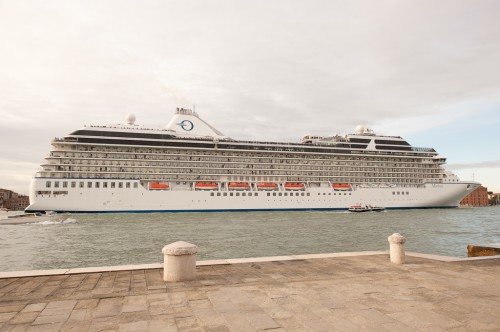
Cruising
Yikes! I saw multiple cruise ships come and go each day. They looked even larger than usual in this small city of islets.

Rialto Market
Visiting the Rialto Market made me wish I had rented an apartment instead of a hotel room. The produce was aromatic and colorful and the fish was so fresh some of it was still alive. The best part was watching the locals haggle with the fishmongers.
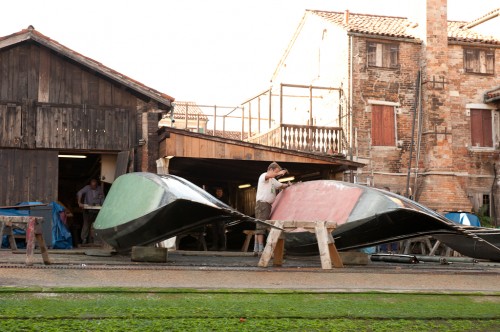
Gondola Maker
The best thing about a gondola ride is the close-up views of backyards, like this gondola maker’s.
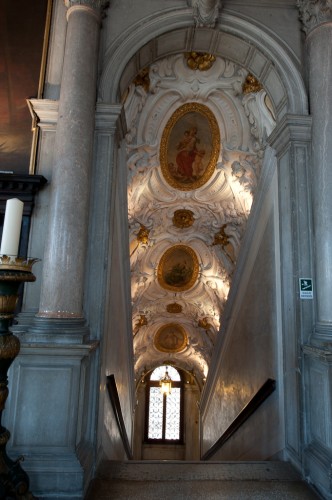
Scuola Grande dei Carmini
This structure was commissioned by the order of Santa Maria del Carmelo in the late 1600s. At that time, its 75,000-member brotherhood was the largest in Venice. It was also one of the wealthiest, as evidenced by the extravagant stuccoed ceilings, carved ebony paneling and stunning artwork, including nine immense Tiepolo canvases. Campo dei Carmini, […]
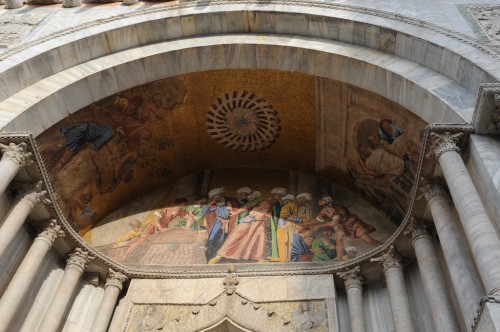
Basilica di San Marco
Wow. So this is what everyone comes to see. This is the centerpiece of Piazza San Marco and for good reason. From the glittery mosaics adorning the exterior to the marble floors and 11th- to 15th-century mosaic domes with millions of gilt-glass tiles, this is a show-stopper. Construction began in 828 when Venetian merchants smuggled […]
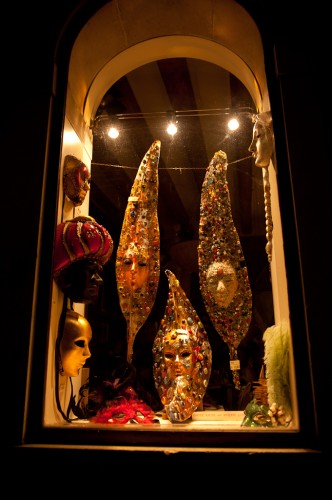
Masks
Mask-making is yet another centuries-old Venetian trade. The masks are traditionally worn during Carnevale, but are displayed and sold year-round. Venetian masks are characterized by their ornate design and bright colors, use of gold and silver, and baroque styles. The most popular styles are the Bauta (full-face) or the Columbina (eye mask). The Bauta was […]
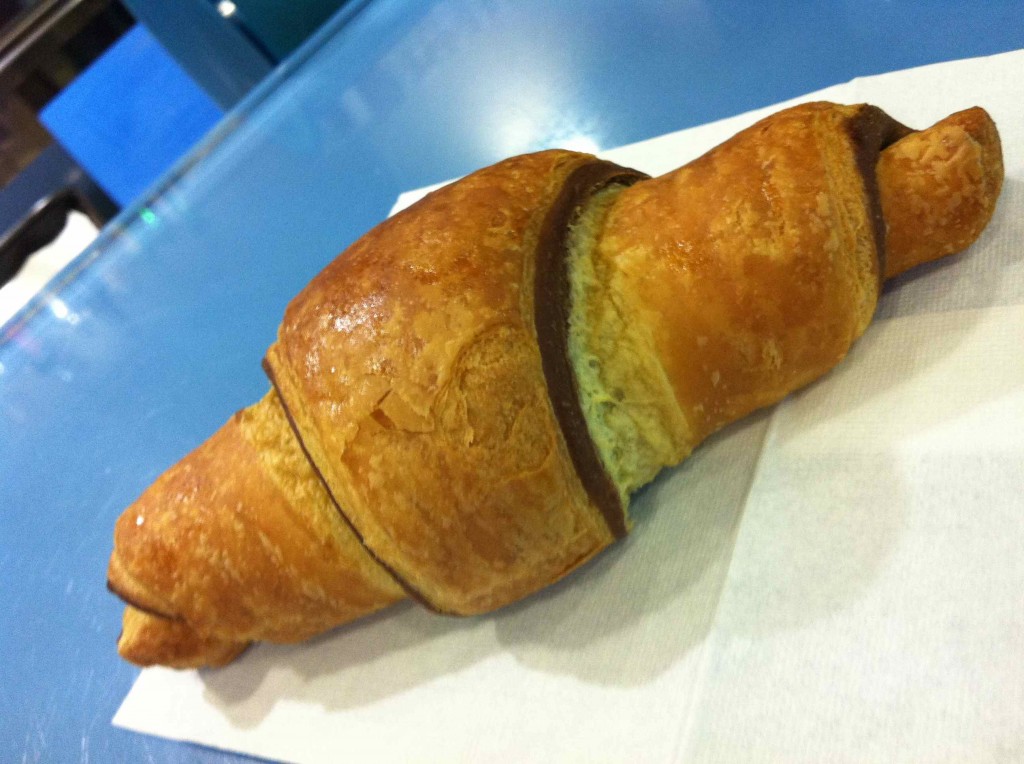
Venetian Food
Venice is quintessential locavore eating. While Venice is not known for having rave-worthy food, it is known for traditional dishes consisting of seasonal vegetables and fresh seafood. Polenta (Venice’s answer to Southern Italy’s pasta) and Prosecco round out the meals. Venice is also famous for its risotto. The risotto is prepared much more al dente […]
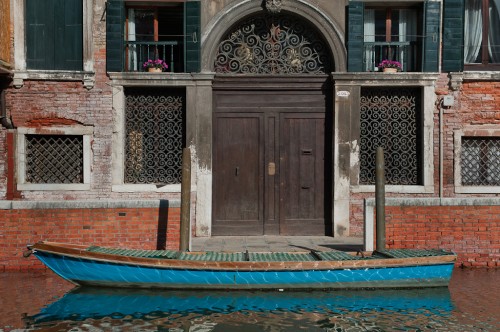
Venetian Boats
Since the center of Venice does not have automobiles, colorful boats docked in the canals are the Venice equivalent of cars parked in front of houses. People climb in and out of them laden with groceries, parcels, fishing gear and anything else they need to go about their day. Traditional boats in Venice are becoming […]
